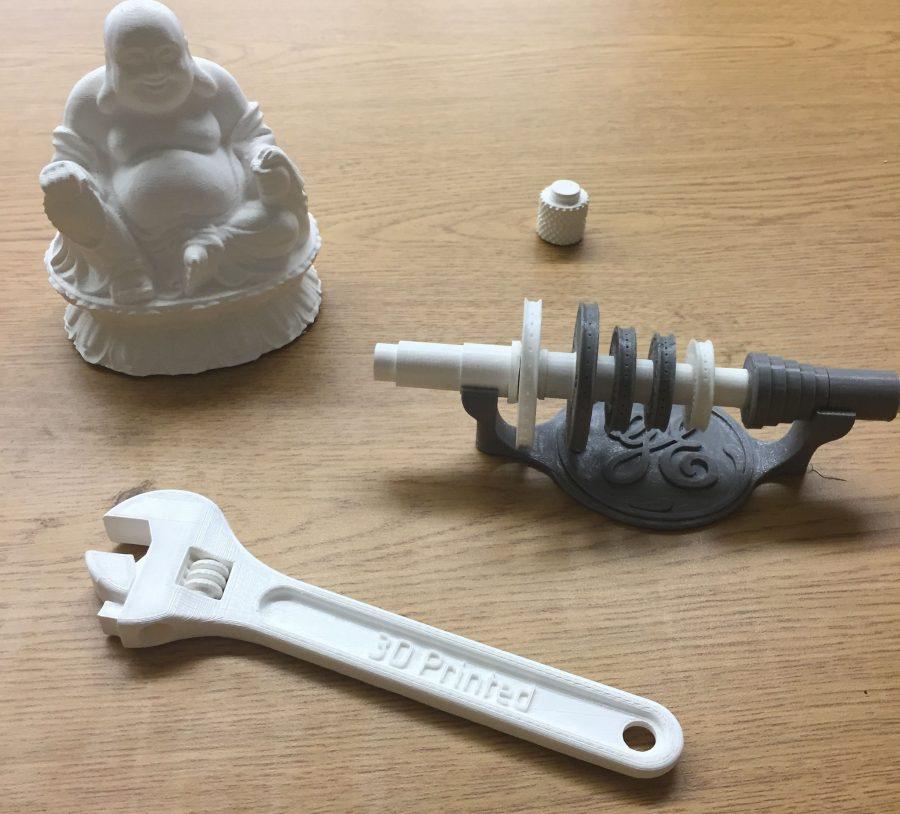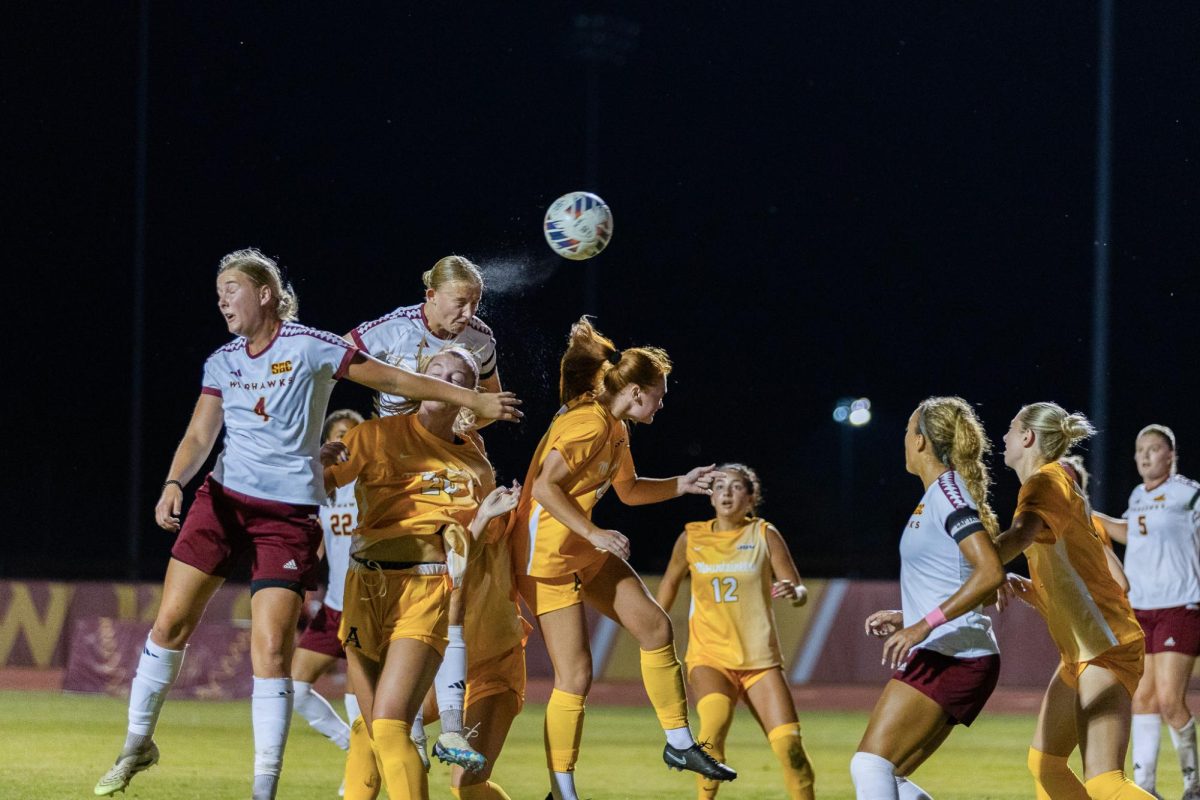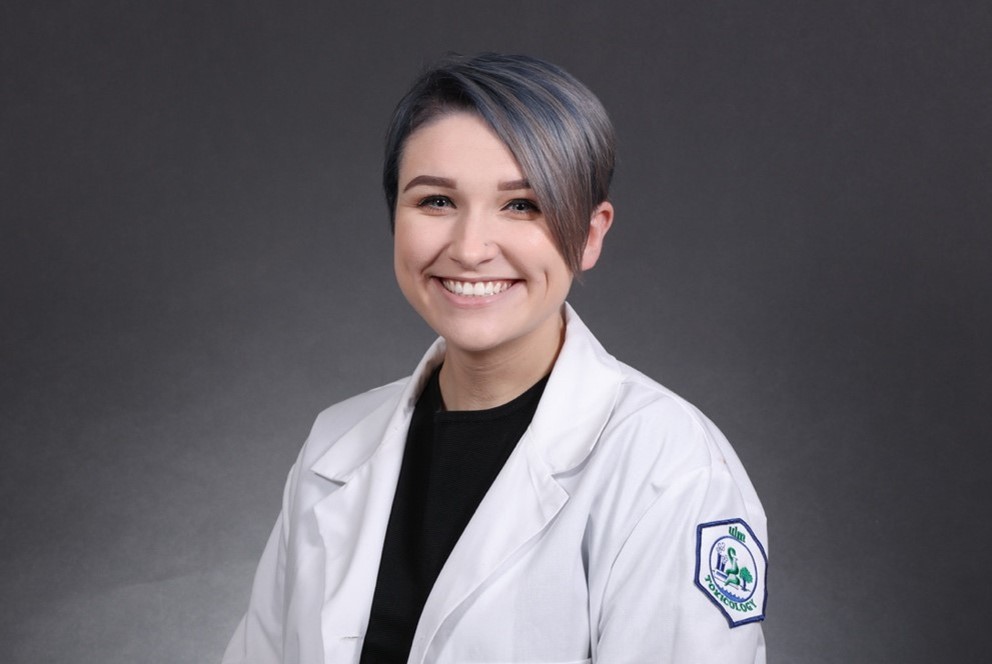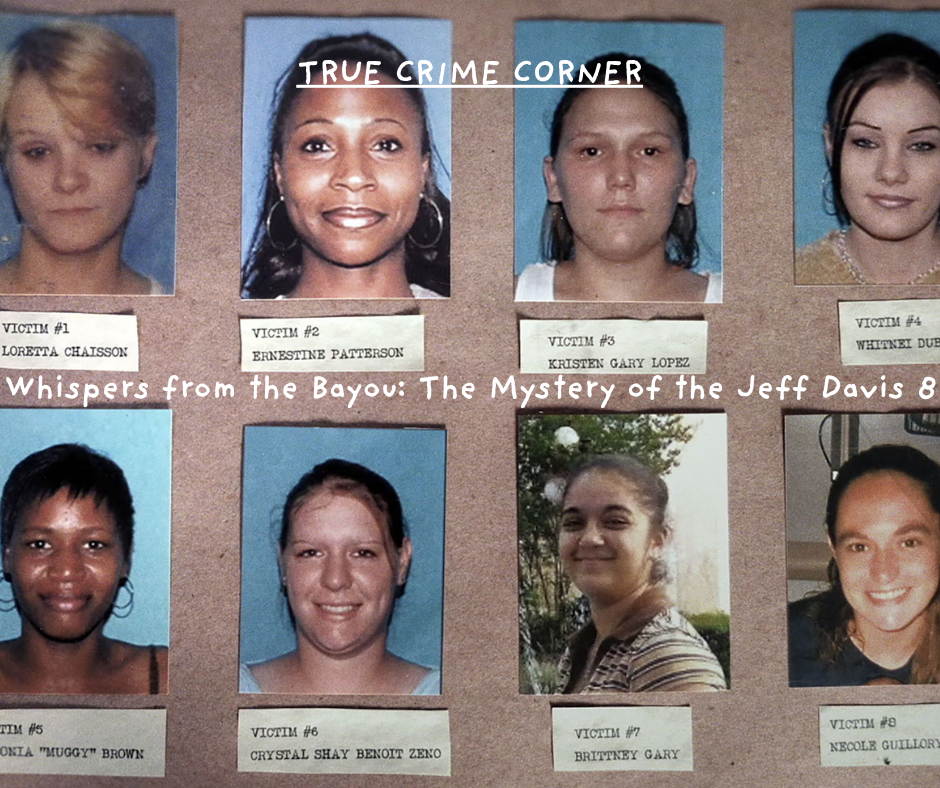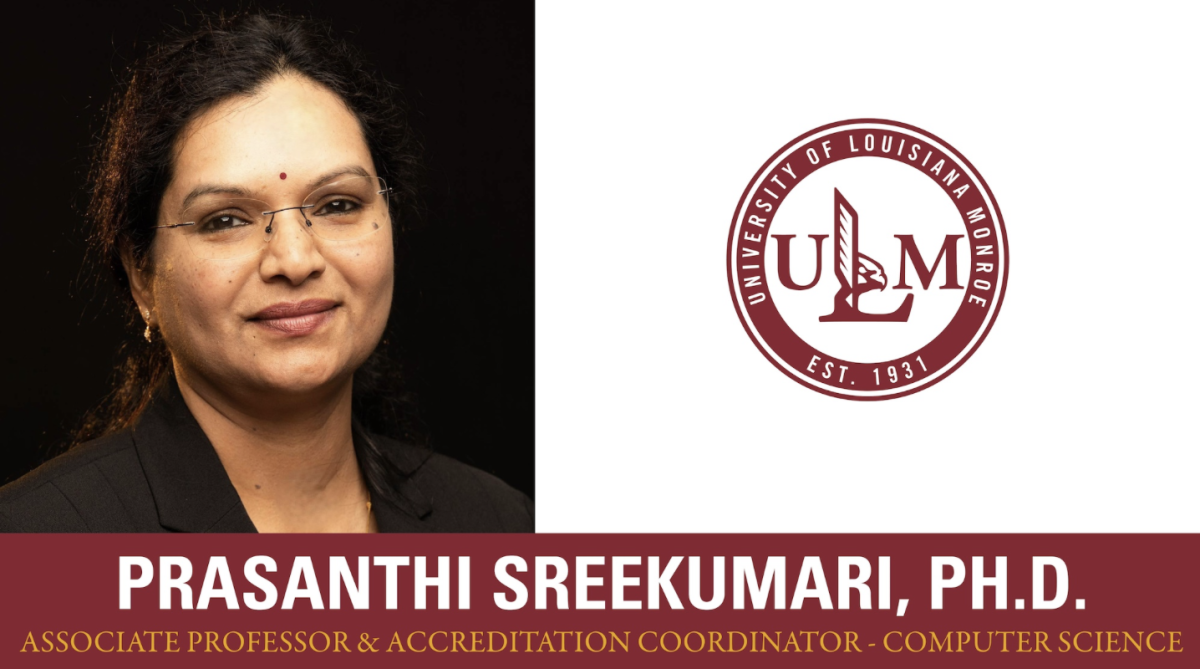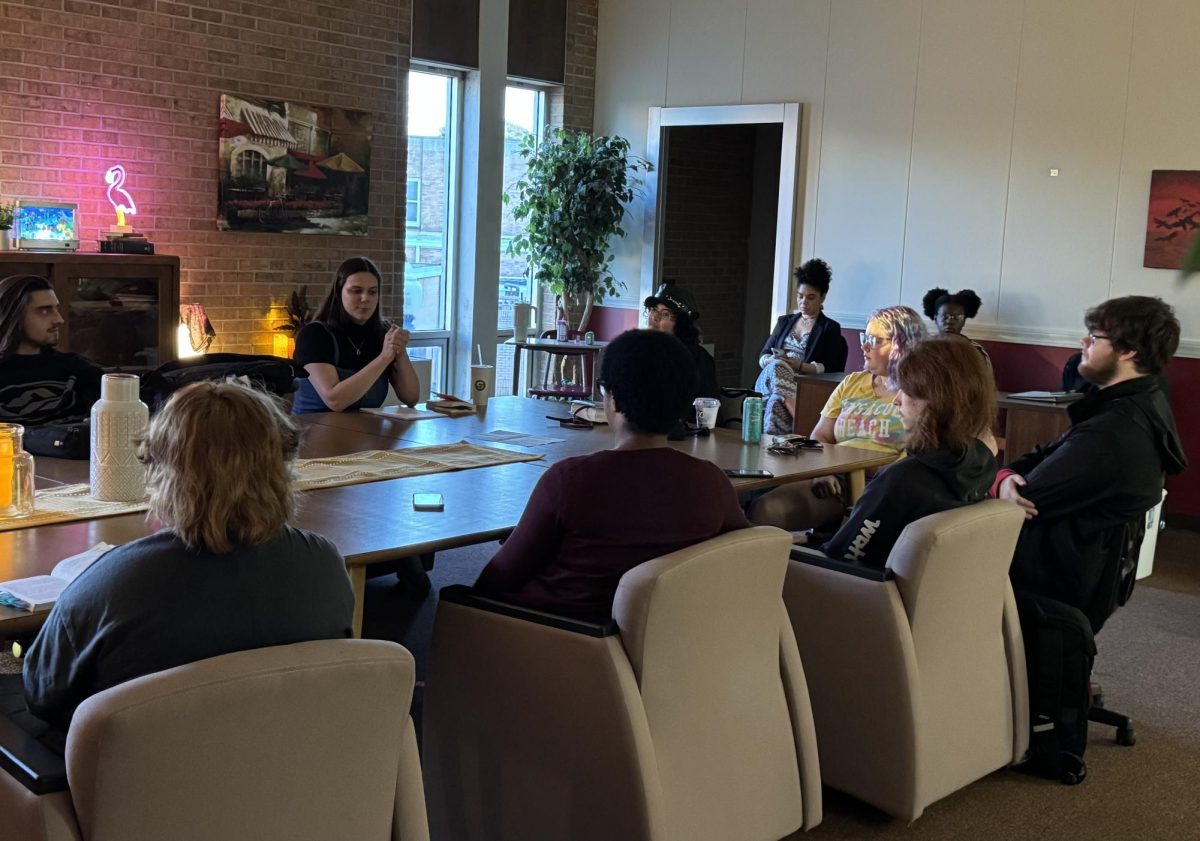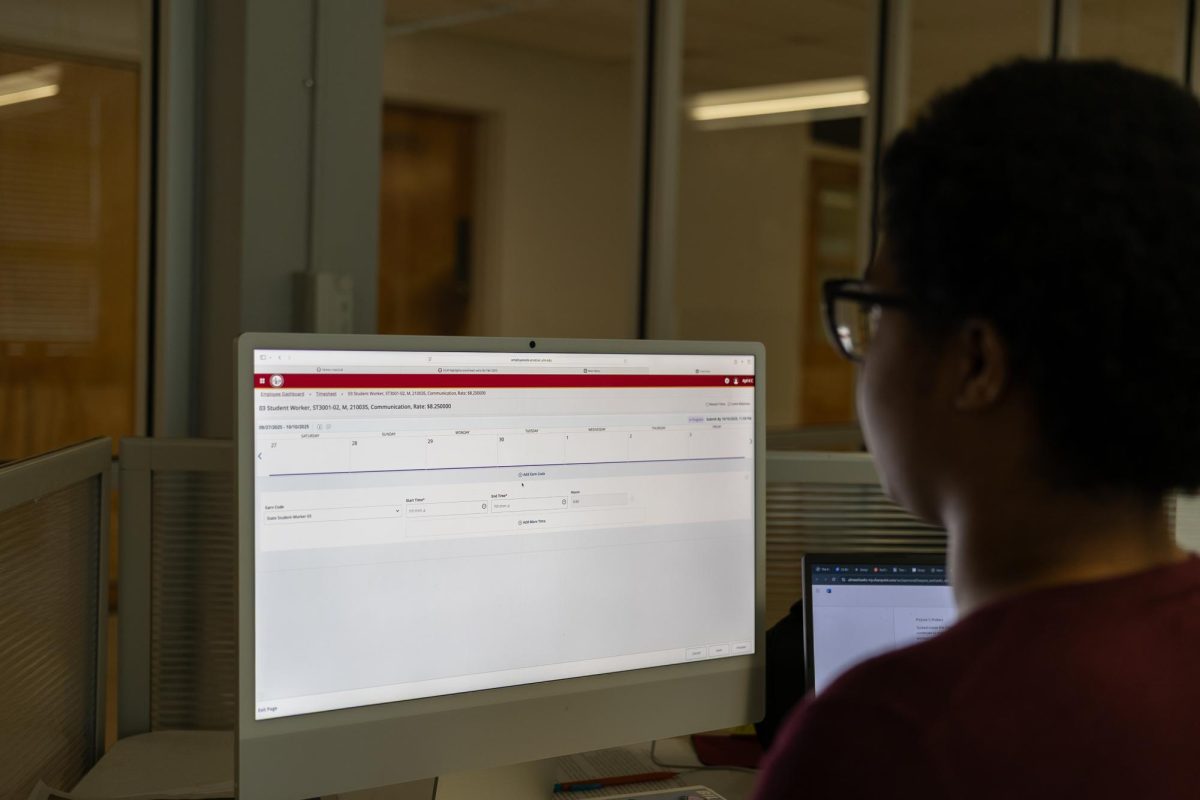Aviation professor aquires 3-D printer to use in drone program
Using technology for educative purposes is nothing new for Paul Karlowitz. The associate professor of aviation and management was designated as the LACUE Technology Teacher of the Year for northeastern Louisiana in 2013.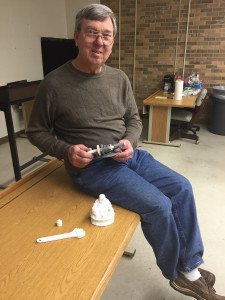
Today, he is still looking for innovative ways to bring technology into the classroom. The lab where his students research is technologically armed with the likes of 3-D scanners and several mock aircraft drones.
His most recent endeavor involves new 3-D printers that he plans to use in his Aviation 3080 class. The class is focused on unmanned aircraft systems (UAS), or drones.
The UAS operations at ULM, which Karlowitz directs, was recently named as one of the nation’s top ten “Best Drone Training Colleges in America” by SuccessfulStudent.org, a website used by students to find unique degree programs and career options.
Karlowitz keeps the program successful by providing his students with knowledge of how to keep up as technology evolves.
According to Karlowitz 3-D printers are quickly becoming a go-to for many fields.
“In space, they don’t take spare parts anymore, they just take a 3-d printer and files,” Karlowitz said.
The printers could serve a similar role in drone technology. The printers print layers upon layers of thin, lightweight plastic in a honey-comb fashion to create hollow but strong pieces of anything you can imagine. These lightweight but durable pieces are perfect for drones, which are often built out of materials like Styrofoam.
Karlowitz will have his students print and piece together droid parts in class. They will then test their finished projects outside.
The printers will not only provide aviation students with great material to create, but it will also provide them with the ability to actively learn about the drone-making process.
However, the students will only be able to use drone templates that have already been created. They will not be able to design their own templates due to a lack of time.
“They’re not fast. It’s a very involved process. You have a file, which you can design in software, or you can use a pre-designed file. We don’t have time to design our own files.” Karlowitz said.
The software used to design the templates for the printers is so complex that you would have to take it up as a full time job to figure it out, according to Karlowitz. Rather than meticulously designing their own drones, his students will learn about the performance of different drone designs.
Mark Harden Jr., a junior aviation major, is enrolled in Karlowitz’s Aviation 3080 class and looks forward to using the 3-D printers to learn about drone technology.
“I am very enraptured about the idea of 3-D printing. The fact that our program has them has made me sanguine about this semester,” Harden said.
According to Harden, drones are gaining popularity of use in many different fields, from agriculture to real estate.
“I feel that it is of importance to extricate this experience because drones are becoming favored in our daily society,” said Harden.
Karlowitz is willing to work with other departments in using the printers. He thinks that they could be beneficial to several different programs, and wants other students to get the chance to learn from them too. However, he acknowledges that there are limitations to how much the machines can be used.
“I’m happy to work with other departments and other disciplines, but we only have so much time and these are slow. I’ve heard other departments are looking at them, but it’s just not cheap,” said Karlowitz.


